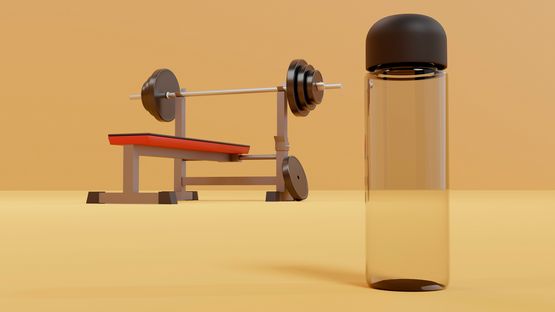Steroids, particularly anabolic steroids, are synthetic derivatives of the male sex hormone testosterone. They are commonly associated with bodybuilders and athletes looking to enhance performance, but their applications extend beyond sports. Understanding the different types of steroids, their legitimate uses, and the potential risks involved is essential for anyone considering their use.
Types of Steroids
Steroids can be broadly categorized into two main types:
- Anabolic Steroids: These steroids help build muscle mass and improve athletic performance. They mimic the effects of testosterone and promote protein synthesis within cells.
- Corticosteroids: Unlike anabolic steroids, corticosteroids are used primarily to reduce inflammation and suppress the immune system. They are frequently prescribed for conditions such as asthma, arthritis, and autoimmune disorders.
Common Anabolic Steroids
There are various anabolic steroids available, each with unique properties and effects. Some of the most common include:
- Testosterone: The primary male sex hormone, often used in replacement therapy or to enhance athletic performance.
- Nandrolone: Known for its lower androgenic properties, nandrolone is associated with less severe side effects compared to other steroids.
- Stanozolol (Winstrol): Favored for its ability to promote lean muscle growth without significant weight gain.
- Oxandrolone (Anavar): Often prescribed to help patients regain weight after surgery or illness, Anavar is considered one of the milder anabolic steroids.
Legitimate Uses of Steroids
Steroids have several medically approved uses, including:
- Hormone Replacement Therapy: Anabolic steroids are sometimes prescribed to men with low testosterone levels to restore hormonal balance.
- Muscle Wasting Diseases: Conditions like HIV/AIDS and certain cancers can lead to significant muscle loss, where anabolic steroids may be beneficial.
- Severe Inflammation: Corticosteroids are utilized to treat acute inflammatory conditions and chronic diseases.
Risks and Side Effects
Despite their potential benefits, steroids carry significant risks, especially when misused. Common side effects associated with anabolic steroids include:

- Increased risk of heart disease and stroke
- Liver damage, including liver tumors and peliosis hepatis
- Hormonal imbalances leading to infertility and gynecomastia in males
- Changes in mood, including aggression and depression
- Skin issues, including acne and oily skin
Corticosteroids, while useful, can also lead to adverse effects such as:
- Weight gain and fluid retention
- Increased blood sugar levels
- Bone thinning (osteoporosis)
- Increased susceptibility to infections
Safe Use of Steroids
When considering the use of steroids, it is crucial to follow the proper directions for use to ensure safety and effectiveness. Steroids can have significant effects on the body, and misuse can lead to adverse health consequences. For comprehensive guidance on the correct usage of steroids, including dosage and administration, visit https://steroidssp.com/. This resource provides valuable information to help users make informed decisions and optimize their steroid regimen.
Conclusion
Understanding steroids—both anabolic and corticosteroids—is vital for anyone contemplating their use. While they offer potential benefits for specific medical conditions and performance enhancement, the associated risks cannot be overlooked. Always consult a healthcare professional before starting any steroid regimen to ensure safe practices and minimize health complications. Knowledge and responsible use are key to maximizing the benefits while minimizing the dangers of steroids.